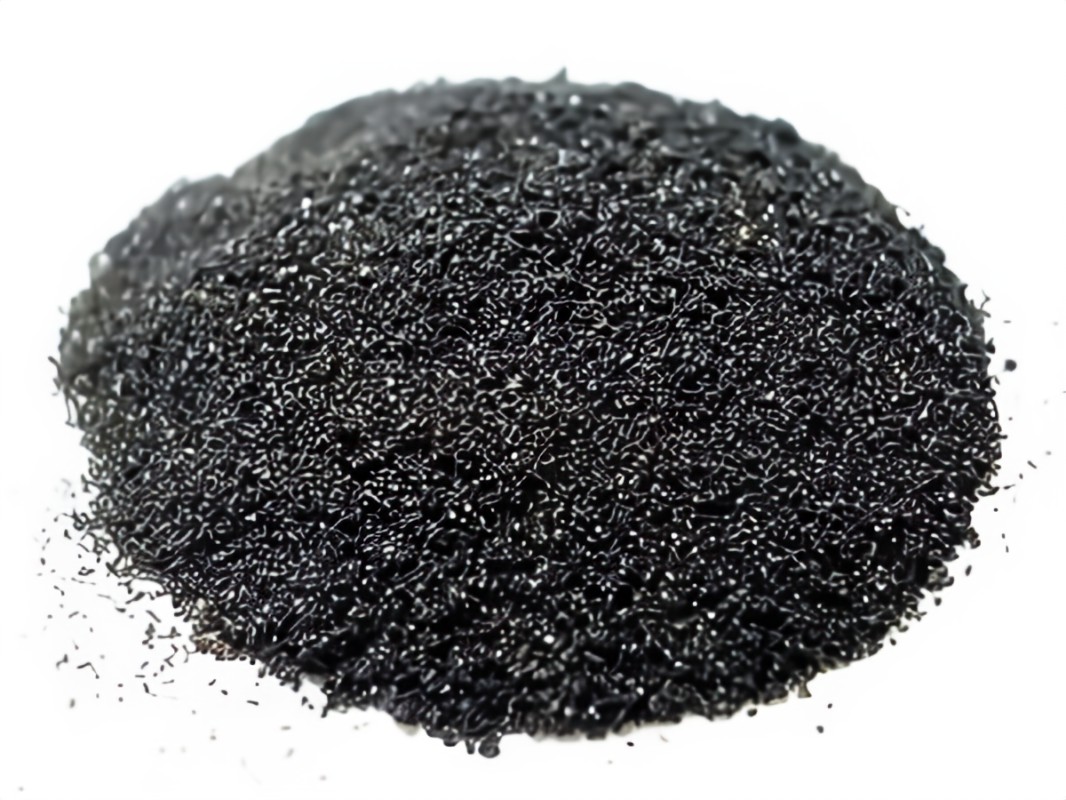- Home
- Products
- Elementary
- Boride Powder
- 3D Printing Powder
- Sulfide Powder
- Oxide Powder
- Carbide powder
- Nitride Powder
- Silicide Powder
- Hydride Powder
- Telluride Powder
- Selenide Powder
- Stearic Acid Series
- Phosphide Powder
- Nanoparticles
- Metal Alloy
- MAX Phase
- Lithium Battery Anode
- Surfactant
- Molecular sieves
- Concrete Admixtures
- News
- Answers
- Contact
- About
News
- 0
- 0
Difference between 316 and 316L Stainless Steel
If you are looking for high-quality products, please feel free to contact us and send an inquiry, email: brad@ihpa.net
Analysts at JPMorgan recommended selling or "underweight" emerging market local currency sovereign debt because of the global impact of the Ukraine-Russia crisis.
JPMorgan estimated that fixed-income assets in emerging markets have lost 6-9 percent of their value since Russia invaded Ukraine a month ago, with nervousness about the war and its impact on global energy and food prices adding to existing pressures.
Some leading emerging market central banks are signaling that interest rates now need to rise faster than previously expected, which fuels fears of "stagflation". Stagflation means when high inflation and higher interest rates undermine economic growth.
With both the U.S. Federal Reserve and emerging market central banks raising interest rates, JPMorgan also said it made sense to "underweight" emerging market assets by taking advantage of the recent pullback in local currency bond yields relative to TREASURIES.
JPMorgan said major metals exporters such as South Africa, Chile, and Peru could still do well, but warned that emerging market fixed income assets now faced a more "stagflationary" trajectory.
The markets and prices of many commodities, metals, chemicals like the 316L stainless steel powder still face uncertainty.
316 Stainless Steel
Alloys are often added to steel to increase the desired properties. The marine-grade stainless steel, known as Type 316, is resistant to certain types of corrosive environments.
There are many different types of stainless steel 316. Some common types are L, F, N, and H variants. Each is slightly different, and each is used for a different purpose. L means 316L steel has a carbon content below 316.
316 and 316L Stainless Steel Common Quality
Although similar to the Type 304 commonly found in the food industry, the Type 316 and 316L both exhibit better corrosion resistance and are more robust at high temperatures. They also cannot be hardened by heat treatment and can be easily shaped and stretched.
Difference between 316 and 316L Stainless Steel
316L stainless steel has less carbon than 316. But even with its lower carbon content, 316L is very similar to 316 in almost every way. The cost is similar, and both are durable and corrosion-resistant, making them a good choice for high-stress situations.
However, for projects that require a lot of welding, 316L is a better choice because 316 is more susceptible to welding corrosion than 316L (corrosion within the weld). However, the 316 can be annealed to resist welding attenuation. 316L is also a very suitable stainless steel for high temperature, high corrosion applications, which is why it is so popular in construction and Marine projects.
Neither 316 nor 316L is the cheapest option. The 304 is similar to the 304L, but the price is lower. Neither is as durable as the 317 and 317L, which have higher molybdenum content and better overall corrosion resistance.
Physical Properties of type 316 and 316L steels:
Density: 0.799g/cubic centimeter
Electrical resistivity: 74 microhm-centimeters (20 degrees Celsius)
Specific Heat: 0.50 kiloJoules/kilogram-Kelvin (0–100 degrees Celsius)
Thermal conductivity: 16.2 Watts/meter-Kelvin (100 degrees Celsius)
Modulus of Elasticity (MPa): 193 x 103 in tension
Melting Range: 2,500–2,550 degrees Fahrenheit (1,371–1,399 degrees Celsius)
| Stainless Steel 316L Powder Properties | |
| Other Names | Stainless Steel Powders, SS316 powder, SS316L powder |
| CAS No. | 52013-36-2 |
| Compound Formula | SS316L |
| Molecular Weight | N/A |
| Appearance | grey black powder |
| Melting Point | N/A |
| Boiling Point | N/A |
| Density | 7.9g/cm3 |
| Solubility in H2O | N/A |
| Exact Mass | N/A |
3D Printing Stainless Steel SS316L Powder
What is 316L Stainless Steel used for?
It is commonly used in chemical and petrochemical industries, food processing, pharmaceutical equipment, medical devices, drinking water, wastewater treatment, Marine applications, and near the coast or in urban areas. For example:
Chemical containers, transport units, heat exchangers, and process industrial equipment in organic and fatty acid production;
Vessels and shipbuilding pipes, pumps, valves, fittings, and shipbuilding;
Oil and gas industry pipelines, valves, pumps, heat exchangers;
Mining for screen weaving;
Pipe fittings and machined parts for pipe fittings.
Stainless Steel 316L Powder Price
The price is influenced by many factors including the supply and demand in the market, industry trends, economic activity, market sentiment, and unexpected events.
If you are looking for the latest stainless steel 316L powder price, you can send us your inquiry for a quote. ([email protected])
Stainless Steel 316L Powder Supplier
Luoyang Tongrun Nano Technology Co. Ltd. (TRUNNANO) is a trusted global chemical material supplier & manufacturer with over 12-year-experience in providing super high-quality chemicals and Nanomaterials, including silicon powder, nitride powder, graphite powder, zinc sulfide, calcium nitride, 3D printing powder, etc.
If you are looking for high-quality stainless steel 316L powder, please feel free to contact us and send an inquiry. ([email protected])
The war in Russia and Ukraine is roiling global financial markets. Russia and Ukraine are important commodity suppliers in the world, so their conflict is bound to make a full impact on the global commodity supply. In view of this, the price of the 316L stainless steel powder may continue to rise in the future.
Inquiry us
NEXT NEWS